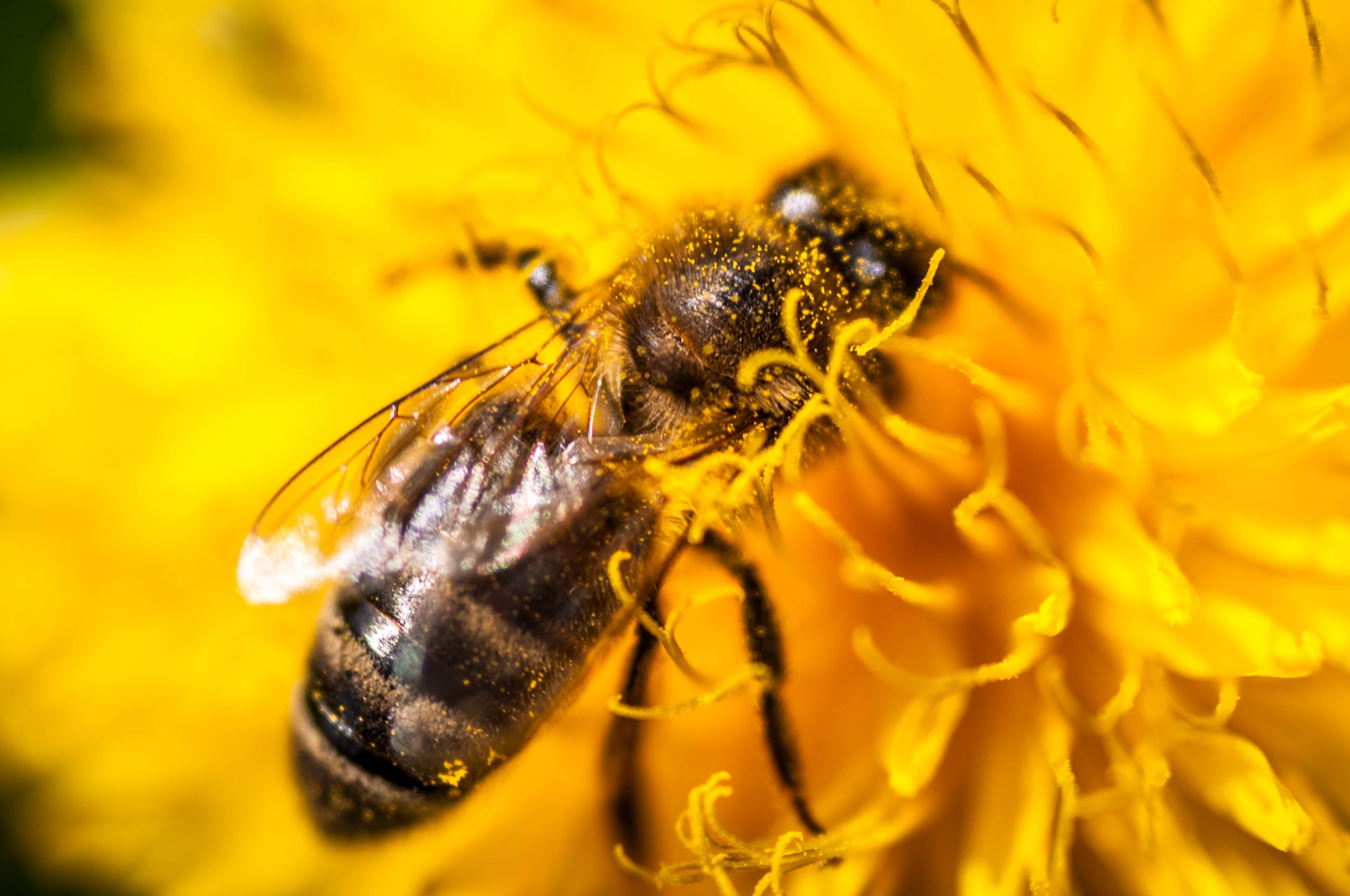New research by entomologist Samuel Ramsey suggests that for five decades, we may have fundamentally misunderstood one of the greatest threats to honeybees: the Varroa destructor.
This menacing name belongs to a species of parasitic mite which lives exclusively in honeybee colonies, attacking both adult bees and their young. The mites have been likened to vampires, or ticks, as scientists previously thought that they lived off haemolymph, which is the “blood” of the bee. Instead, Ramsey’s work suggests that the parasites actually consume the fat from the bee’s body. This is “feeding on flesh, more like a werewolf,” he says.
Declining numbers of honeybees, the main pollinators of approximately a third of the plants we eat, are a cause of growing concern for scientists. Large-scale use of agricultural pesticides (in particular the notorious neonicotinoids, which are now banned in Europe) has hurt populations, and has a mysterious recent phenomenon called “colony collapse”. This collapse occurs when almost all of the worker bees will suddenly abandon a hive, leaving the queen and larvae to perish.
However, since their invasion of North America in the 1970s, Varroa destructor has become the single largest driver of honeybee colony loss and so far, attempts to protect the bees have seen little success. The novel perspective provided by Ramsey’s work could help to explain why, and possibly inspire new approaches to the problem.
The belief that Varroa feed on haemolymph dates back to the 1970s, from research based on techniques that are now largely outdated. Until now, no one had challenged this widely-accepted idea, although scientists have long been mystified as to how the loss of a small amount of haemolymph could wreak such havoc on the honeybee colonies.
Ramsey had observed that the Varroa anatomy did not resemble that of other bloodsucking-parasites, and their waste appeared too high in protein to have come solely from watery, low-nutrient haemolymph. To test this hunch he set about designing a strategy using fake honeybee larvae made from gelatin, which he rubbed with scent from real bees to entice the mites. Using this method, he could compare how long the mites survived after eating either fat or haemolymph and saw that they lived several times longer when fed the fatty flesh of the bee.
Additionally, he took microscopic photos of the mites after feeding them chemical stains designed to highlight the presence of either fat or haemolymph in their digestive system. Again, the pattern he saw under the microscope suggested that it was mainly fat moving through the guts of the parasites.
Although not final, these experiments provide a good reason to reconsider what we know about Varroa, and how they might cause direct harm to colonies. It is thought that this type of feeding may wound the bees, causing damage to organs that are important for their survival.
Though a mite surviving exclusively from the body fat of honeybees may strike you as fairly niche, the Varroa Destructor is just one of many examples of oddly specialised parasite life cycles in biology. Other cases include the Ophiocordyceps unilateralis, a fungus which infects a particular species of ant, manipulating the insect to move to an area with just the right humidity for the fungus to grow. Or, the striking emerald cockroach wasp, which in order to reproduce attacks a certain type of cockroach, stinging it once in the thorax to paralyse its front legs and then once in a specific area of the brain to disable its escape reflex. The tamed cockroach is led back to the burrow where it essentially serves as a live incubator for the wasp’s eggs, which are quickly buried into its abdomen by the female.
Gruesome parasite examples aside, we still have a lot to learn about the Varroa destructor and its detrimental effect on the honeybee. Work by Samuel Ramsey and other entomologists may be critical in helping us understand and protect these colonies which are so important to human life.
Image credit: Kamil Porembiński via Flickr

